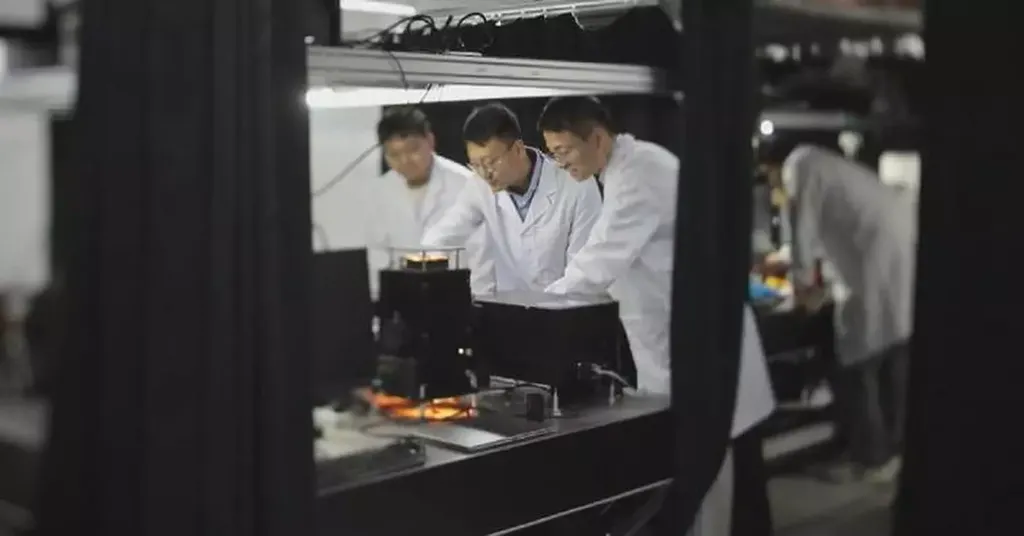In the ever-evolving landscape of remote sensing and geoscientific applications, a groundbreaking development has emerged that promises to revolutionize how we interpret hyperspectral images (HSIs). Researchers have introduced HyperEAST, a novel framework designed to enhance the classification of HSIs, which are crucial for resource exploration, precision agriculture, and environmental monitoring. At the helm of this innovation is Jialin Tang, a researcher from the School of Artificial Intelligence at Shandong Women’s University in Jinan, China.
Hyperspectral imaging captures data across a wide range of wavelengths, providing rich spectral and spatial information. However, existing classification methods have faced significant challenges. Principal component analysis often overlooks spatial context, convolutional neural networks struggle with long-range modeling, and vision transformer (ViT)-based models tend to overfit when data labels are scarce. HyperEAST addresses these limitations by decoupling spectral and spatial feature modeling, leveraging a dual-branch ViT framework.
The core of HyperEAST lies in its linear fusion attention mechanism, which replaces traditional dot-product attention with a softmax-free additive formulation based on lightweight convolutions. This innovation enables local-global representation learning with linear complexity, a significant advancement in efficiency and accuracy. “Our approach allows for more robust and efficient feature extraction, which is critical for applications in resource exploration and environmental monitoring,” Tang explained.
To further enhance robustness under limited labels, the researchers adopted a modality-aware masked image modeling strategy during self-supervised pretraining. This strategy separately reconstructs masked spectral and spatial tokens, ensuring that the model can perform accurately even with sparse data. Additionally, a dataset-aware hybrid loss combining cross-entropy and focal loss was introduced to mitigate class imbalance and sharpen decision boundaries.
The results speak for themselves. Experiments on four benchmark HSI datasets—WHU-Hi-HC, WHU-Hi-LK, Indian Pines, and Pavia University—demonstrated that HyperEAST achieves competitive accuracy, efficiency, and robustness. This breakthrough has profound implications for the energy sector, where precise resource exploration and environmental monitoring are paramount. “The ability to accurately classify hyperspectral images can lead to more efficient resource management and sustainable practices,” Tang noted.
The research was recently published in the IEEE Journal of Selected Topics in Applied Earth Observations and Remote Sensing, a leading publication in the field of remote sensing and geoscientific applications. Translated to English, the journal’s name underscores its focus on applied earth observations, making it a fitting platform for such impactful research.
As the world continues to grapple with the challenges of resource depletion and environmental degradation, innovations like HyperEAST offer a beacon of hope. By enhancing the accuracy and efficiency of HSI classification, this technology paves the way for more informed decision-making in resource exploration and environmental monitoring. The future of geoscientific applications looks brighter than ever, thanks to the pioneering work of researchers like Jialin Tang and her team.

